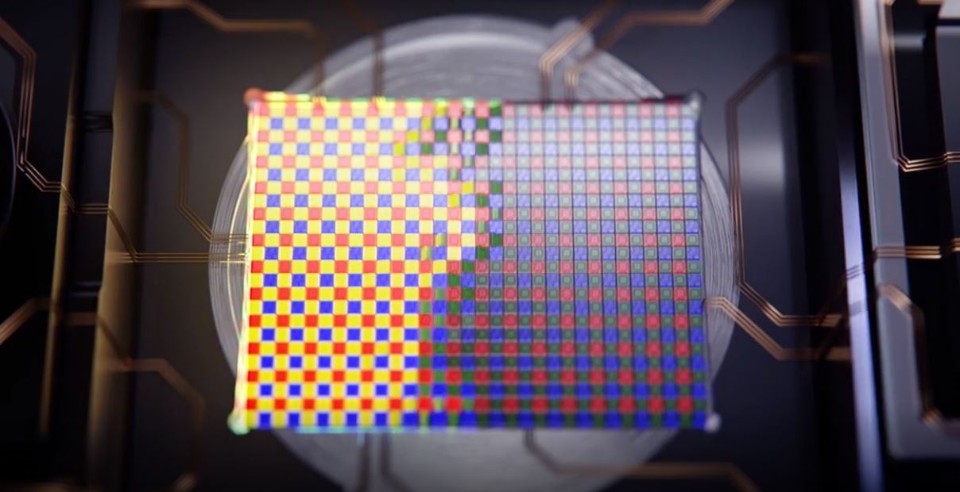At times, innovation is invisible. It escapes the attention of the user, who only sees the results. One example comes with the new P30 and P30 Pro, the Huawei smartphones which are being presented as true champions of pocket photography. In fact, they are capable of taking photographs in extreme darkness, with stable and sharp pictures, and it is all down to innovation regarding a fundamental but invisible component.
The secret of the telephone lies in its image sensor, the SuperSensing. Generally, the sensors detect only the luminosity of a scene, while a series of filters communicate the colour of every single portion. Since the 1970s, these have been based on the so-called Bayer array, a matrix similar to a chessboard which contains the three primary colours (red, green and blue). Each red or blue pixel is accompanied by two greens, composing the sequence red, green, green, blue, or RGGB, as the Bayer array is often referred to. The Chinese have adjusted this sequence, replacing the green with yellow, thus making it red, yellow, yellow, blue (RYYB). Yellow in fact allows for the transferring of much more luminosity (around 40 percent more) to the sensor, thus providing it with more ISO. The P30 reaches 409,600 ISO, compared to the 800 of a Samsung Galaxy S10 or the 14,000 which can be obtained from a Google Pixel 3 following a software modification.
This leads to the question of why this hasn’t been done before and why all sensors are not made this way. The answer is simple. By not working with primary colours, those which, when combined, allow any existing colour to be created, the RYYB array requires artificial intelligence which is capable of processing the shot, understanding the scene and the subjects and therefore of getting the right information regarding the colour of the photograph from the yellow. Furthermore, creating a Bayer sensor is simpler and cheaper, as is processing the information.
Consequently, only those who know how to programme suitable artificial intelligence and produce hardware capable of allowing it to work can adopt a solution of this kind. If either one of these two elements is any less than perfect, the result would be unreal shots full of unnatural elements and with colours that are completely out of line. Furthermore, at least for now, it is impossible to shoot in RAW format, as there are no processing programmes capable of developing it. This is however a detail which is of interest solely to professionals. As we said, the standard user will never be aware of this innovation, until they find themselves taking perfect photographs despite low lighting conditions.
- Brand:
- Huawei
- Product:
- P30 e P30 Pro
- Year:
- 2019


